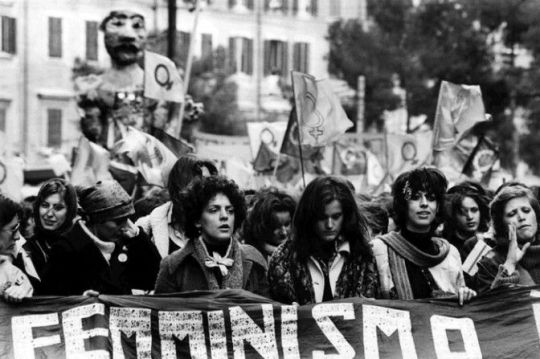Link
Read Kelsey Osgood’s interview with all-female Hasidic girl’s group Bulletproof Stockings.
3 notes
·
View notes
Photo


Kelsey Osgood photographed by Mariam Gomez for Mythos magazine
1 note
·
View note
Photo
check out more on the Wages For Housework movement here

‘Counter-Planning From The Kitchen’, Nicole Cox and Silvia Federici, Wages For Housework Committee, Brooklyn, 1976.
51 notes
·
View notes
Link
The Power of Women and the Subversion of the Community��is largely considered to be a jumping-off point in the domestic labor debate and eventually, the International Wages for Housework Campaign. Read the full text above.
#silvia federici#domestic labor#wages for housework#mythos#mythosmag#maria dalla costa#the power of women and the subversion of the community#texts
1 note
·
View note
Photo


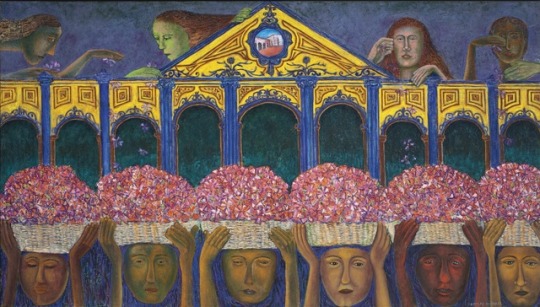

Silvia Federici spoke to us off the record about her deep love of Mexican painter Rodolfo Morales --who almost exclusively painted women and women’s lives. Read more about him below.
http://www.nytimes.com/2001/02/06/business/rodolfo-morales-75-painter-of-peasant-life-in-mexico.html
11 notes
·
View notes
Quote
I remember reading a poem —I must've been nine or ten years at most. It made a comparison between the strong wind and women's lamentations. And I think because it spoke about women's lamentations without much definition, I thought, 'Why women's lamentation?' But then I realized, 'Of course, it's women who cry all the time. They are the ones who cry at the funerals. They are the ones who are...yes, of course.' And at that moment I think I had the realization that women are the ones who suffer. Women are the ones who suffer. And I think it was a moment of consciousness. It was an awakening to the fact that women suffer, but they are also stronger because they suffer.
Silvia Federici, in conversation with Mythos magazine
1 note
·
View note
Photo

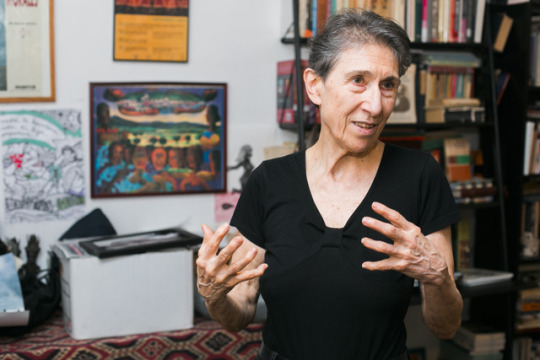
Silvia Federici, photographed by Elena Mudd for Mythos magazine
0 notes
Photo
Silvia Federici on Rodolfo Morales, Witch-Hunting, Past and Present, and the Fear of the Power of Women

“She stands alone in the twilight, in an empty space, holding in her hands a skein of blue yarn that weaves around her to embrace a cluster of homes, which, because of this, appear almost as a continuation of her body. Trazando el camino (1990) is among the many painting that Rodolfo Morales, one of Mexico’s best twentieth-century artists, has dedicated to the theme of the female body as the material and social fabric holding the community together. Morales’ painting is a counterpoint to the image of the witch: with her quiet look and embroidered apron, the woman it represents is almost angelic. Yet something magical and secretive about her recalls the female ‘conspiracy’ that was the historical justification for the witch hunts that bloodied Europe from the fifteenth to the eighteenth century, perhaps providing a clue to some of the mysteries at the heart of this persecution, which historians have yet to solve.”
–Silvia Federici, Witch-Hunting, Past and Present, and the Fear of the Power of Women
28 notes
·
View notes
Quote
Because part of the feminist awakening was realizing...Oh my god…how unhappy these relationships are. You are unhappy when you are doing politics with men. You are unhappy in marriage. And you are unhappy in bed. In bed you are woefully unhappy!
Silvia Federici in conversation with Mythos
0 notes
Quote
The witch-hunt, then, was a war against women: it was a concerted attempt to degrade them, demonize them, and destroy their social power. At the same time, it was in the torture chambers and on the stakes on which the witches perished that the bourgeois ideals of womanhood and domesticity were forged.
Silvia Federici, Caliban and the Witch (via goneril-and-regan)
624 notes
·
View notes
Quote
Being girl is a way of being taught what it is to have a body: you are being told; you will receive my advances; you are object; thing, nothing. To become girl is to learn to expect such advances, to modify your behavior in accordance; to become girl as becoming wary of being in public space; becoming wary of being at all. Indeed, if you do not modify your behavior in accordance, if you are not careful and cautious, you can be made responsible for the violence directed toward you (look at what you were drinking, look at what you [were] wearing, look at where you were, look look).
Sara Ahmed, Living a Feminist Life (26)
4K notes
·
View notes
Photo
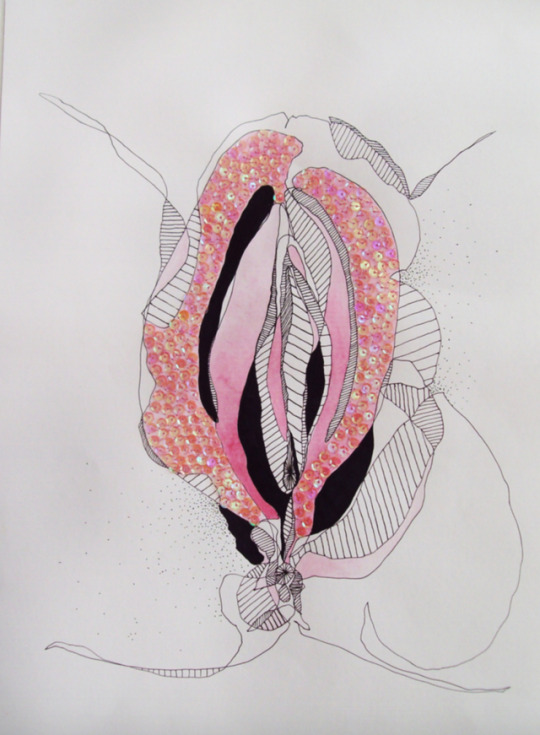
“My relationship to womanhood was like, when I was thinner I was a woman, and when I wasn't, I was not a woman. I was not a person.” - Kelsey Miller, Mythos Mag
pc: "Good girls , dead girls" exhibition in Engel Gallery via flickr
2 notes
·
View notes
Photo

“I wish that we would stop commenting on each other's appearances. Not just weight, but generally. If we could learn to cultivate neutral language around anything that has to do with appearance, that would be a great leap forward. ... When somebody looks thinner or is appealing to a cultural beauty standard, we think that the polite thing to do is to comment on it. And when they've gained weight, or when they're not wearing makeup or whatever, the polite thing to do is to not say anything. And I thought, what if we just don't say anything at all about the way we look? That would be amazing.” -Kelsey Miller, Mythos Mag
pc: Kelly Eddington
1 note
·
View note
Photo

I was at an impasse where I had to choose between allowing somebody else to love me, which involves self-acceptance, or continuing in this same pattern in which I've lived my life forever. And it just seemed crazy to choose between self-loathing, dieting, disordered eating, compulsive exercising, and all of that, and just fucking letting somebody love me and like me and want to see my body and touch my body and be near me. -Kelsey Miller, Mythos Magazine
pc: Mali Fischer, Landscape. (x)
1 note
·
View note
Photo

“So this right here, today, now, is real. It’s as real as it’s gonna get.”
Refinery 29 Senior Features Editor and creator of the Anti Diet Project Kelsey Miller talks plus size media representation, concern trolls, and the struggle to think of oneself as a “real woman” in this week’s interview!
0 notes
Photo
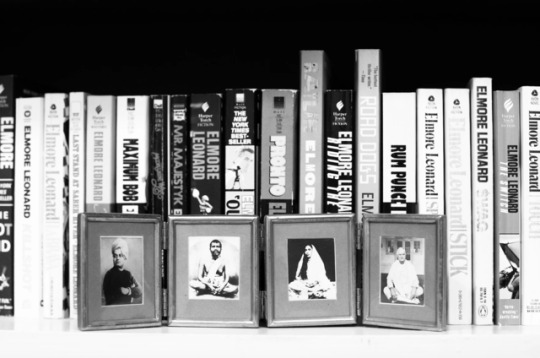
“You don’t work to give the subaltern a voice. You work against subalternity itself. The word subaltern, of course, is a military thing, used by Antonio Gramsci [an Italian Marxist theoretician and politician] as he was trying to work beyond his prison censorship. I took up the word because it is truly situational. It is not meant for just anyone experiencing discrimination. You have to relate it to the context.” -Gayatri Chakravorty Spivak for Dawn
Gayatri Chakravorty Spivak gives context for her essay “Can the Subaltern Speak?” to Dawn.
8 notes
·
View notes
